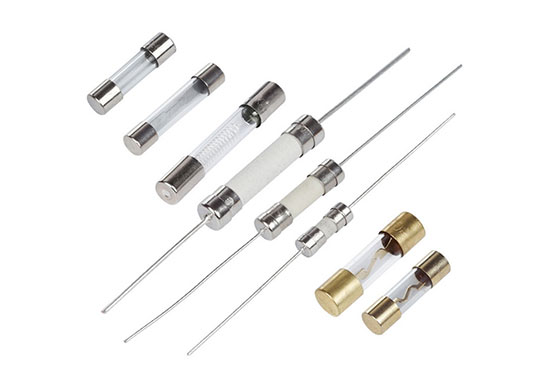Shenzhen YYW Tech. co., ltd. is a professional manufacturer on usb cable, chargers and headphones.
Tel:+86-0755-28518222 E-mail:jason@yyw.cn
Shenzhen YYW Tech. co., ltd. is a professional manufacturer on usb cable, chargers and headphones.
Tel:+86-0755-28518222 E-mail:jason@yyw.cn
Time-delay fuse (slow fuse type)
Time-delay fuses have a relatively strong fuse, usually a low-melting alloy. These fuses can transfer large currents for a long time without being blown. They are widely used in circuits with large currents such as motors, solenoids and transformers.
Standard fuse type fuse
These fuses are generally inexpensive and have a common structure. They are made of copper and are usually packaged in clear glass tubes. They can handle short-term high-current transients and are widely used because of their low price. Usually only used for short circuit protection

Ultra-fast fuse (HRC semiconductor fuse)
These fuses are used to protect semiconductor devices. They are also required to give a minimum let-through energy in the event of an overload. The fuse is of low mass and is surrounded by some filler. The purpose of the filler is twofold: one is to conduct heat out of the fuse under long-term current stress to provide good long-term operational reliability; the other is to quickly extinguish the arc when the fuse is blown in the event of a fault. The thermal conductivity of the filler is quite limited for short-term, high current transients. This allows the fuse to quickly reach the melting temperature with minimal charge. This fuse is quickly blown under transient current loads.
Other important fuse characteristics are long-term operational reliability and fuse power consumption, which are sometimes overlooked. Cheap fast-blow fuses are usually just a very thin wire. This wire is very fragile. This fuse will age after prolonged use and has a typical service life of 1000h
Slow fuses, on the other hand, are typically much more robust and have a much longer life at rated currents, however these fuses will not provide effective protection for sensitive semiconductor circuits.
